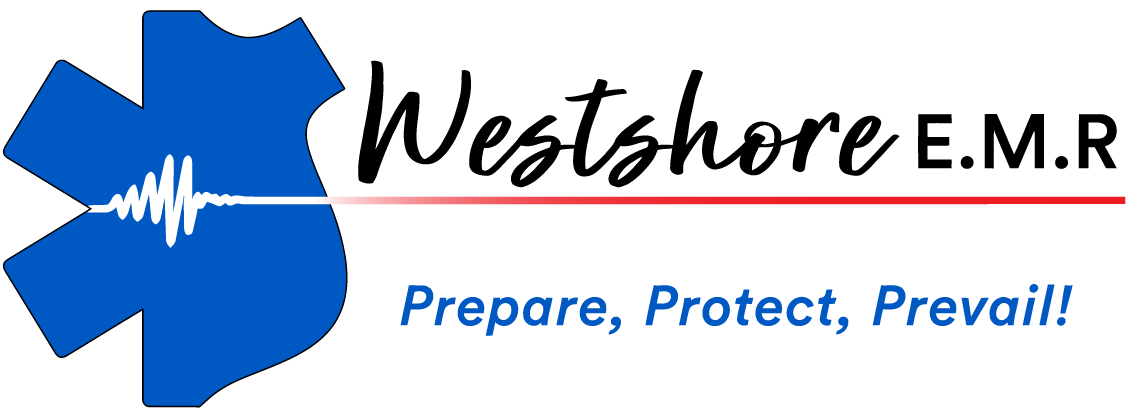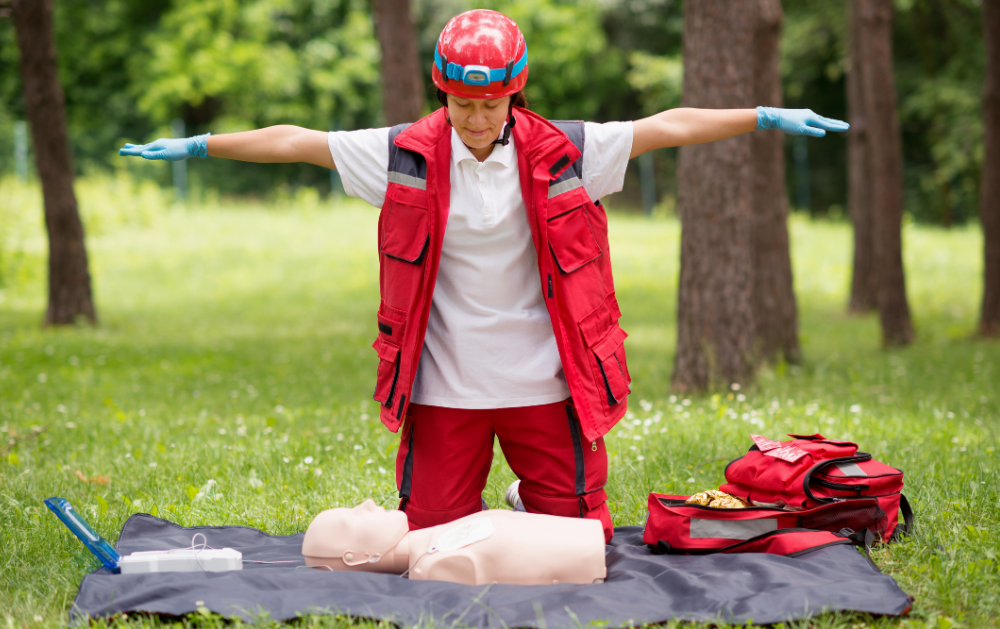Training: The Bridge Between Device and Life-Saver
An AED is only as effective as the person who uses it. This is why training is the cornerstone of any successful AED program. Training programs, such as those offered in CPR and AED certification courses, teach individuals how to:
- Recognize a cardiac emergency: Knowing the signs of sudden cardiac arrest is the first critical step.
- Activate the emergency medical system: Training emphasizes the importance of calling 911 immediately.
- Operate the AED: Trainees learn how to turn on the device, apply the pads correctly, and follow the simple audio prompts.
- Administer effective CPR: CPR and AED use go hand-in-hand. Training provides the necessary skills to perform chest compressions and rescue breaths, which are crucial until the AED is ready or professional help arrives.
For your audience, particularly schools and churches, this is a non-negotiable step. Ensuring key staff members are trained transforms a safety device into a life-saving tool, ready to be deployed by a prepared individual.
Staff Involvement: Creating a Culture of Preparedness
Effective AED deployment is a team effort. Staff involvement goes beyond simply having a few certified individuals. It’s about fostering a culture of preparedness where everyone understands the importance of the AED and their potential role in an emergency. This includes:
- Designated AED Coordinators: Having a person or team responsible for checking the AED regularly to ensure it is functioning and has up-to-date pads and batteries.
- Regular Drills and Reminders: Conducting drills to practice the emergency response protocol. This builds confidence and ensures that in a real crisis, the response is automatic.
- Location Awareness: All staff should know the exact location of the AED and how to quickly retrieve it.
In Maryland, your commitment to safety is supported by law. By not only acquiring AEDs but also investing in comprehensive training and fostering a culture of staff involvement, you are providing your community with the best possible chance of survival during a cardiac emergency. We are here to partner with you on this journey, providing the resources, training, and support you need to be fully prepared.



